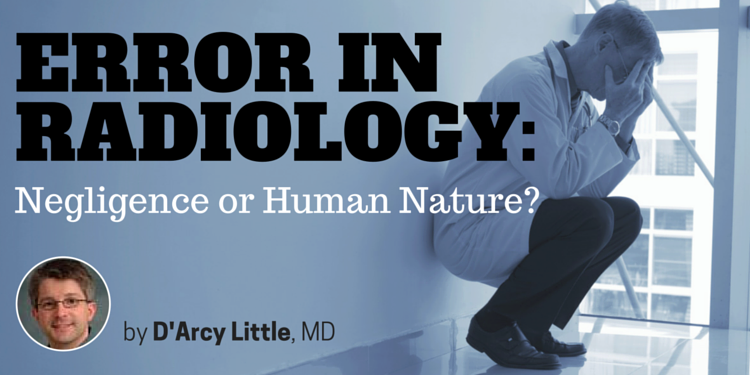
The first, radiology peer review, is a process in which radiologists randomly and systematically review each others cases, provide feedback on diagnoses, including missed diagnoses, and learn from each others insightful cases and mistakes. Rather than being done in a punitive light, this ideally is done with a view to allowing radiologists to identify any areas for improvement that can be acted upon with specific continuing education. I believe such a program creates a culture of continuous learning where errors are not hidden or downplayed, but are used to promote personal and institutional growth, in addition to directly reducing diagnostic errors which impact patients. Peer review is being instituted in many provinces in Canada, but is not yet universal. However, I believe that in years to come it will likely be universal for all specialties of medicine to have a similar program.
Second, radiology reports have traditionally been dictated in a free-style format. Recent research, however, suggests that structured radiology reports, which have a standard format with separate headings for each organ system, provide better content, better clarity, and are preferred by clinicians. Such reports, in my opinion, also benefit radiologists, because they act like a checklist to guide reporting systematically, and prevent the overlooking of subtle abnormalities. That is why I have encouraged the use of such checklists by the radiologists in the hospital where I am the chief of diagnostic imaging.
Error in radiology is of considerable concern for radiologists, other clinicians, and patients. Potential changes to radiology, which would improve quality and lead to fewer mistakes being made, such as peer review and structured reporting, are well within reach. The blame and shame game that occurs in the media whenever a high profile radiology error comes to light, however, compounds the problem, and I believe works against the development of a culture of openness, continuous learning and continuous improvement in radiology. The perception of medical error in the media and the general public must change to facilitate such programs.
References:
- Lee CS et al. Cognitive and System Factors Contributing to Diagnostic Errors in Radiology. American Journal of Radiology. 2013;201:611–17.
- Donald, JJ et al. Common Patterns in 558 diagnostic radiology errors. Journal of Medical Imaging and Radiation Oncology. 2012;56:173–78.
- McDonald, RJ et al. The Effects of Changes in Utilization and Technological Advancements on Radiologist Workload. Academic Radiology. Available online ahead of print July 22, 2015. Accessed August 4, 2015. http://www.sciencedirect.com/science/article/pii/S1076633215002457.

